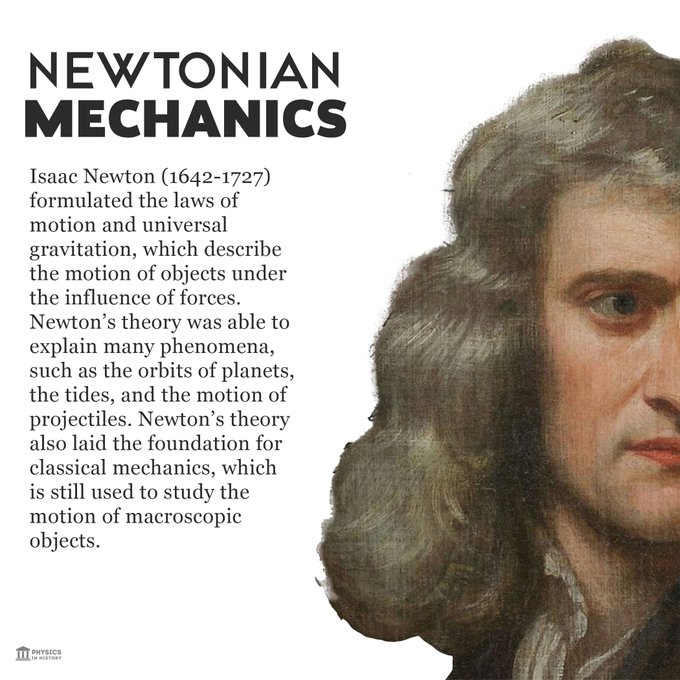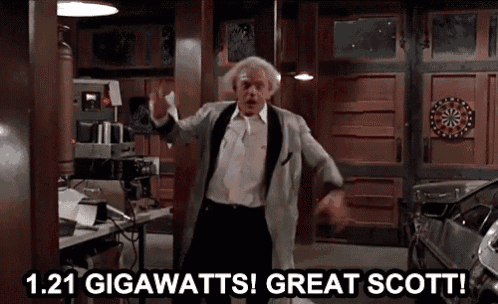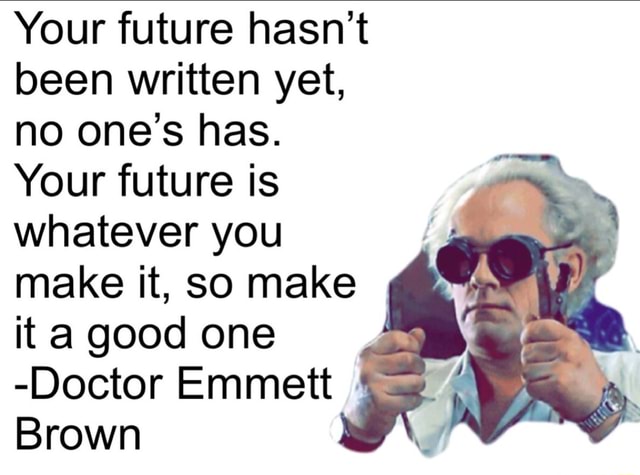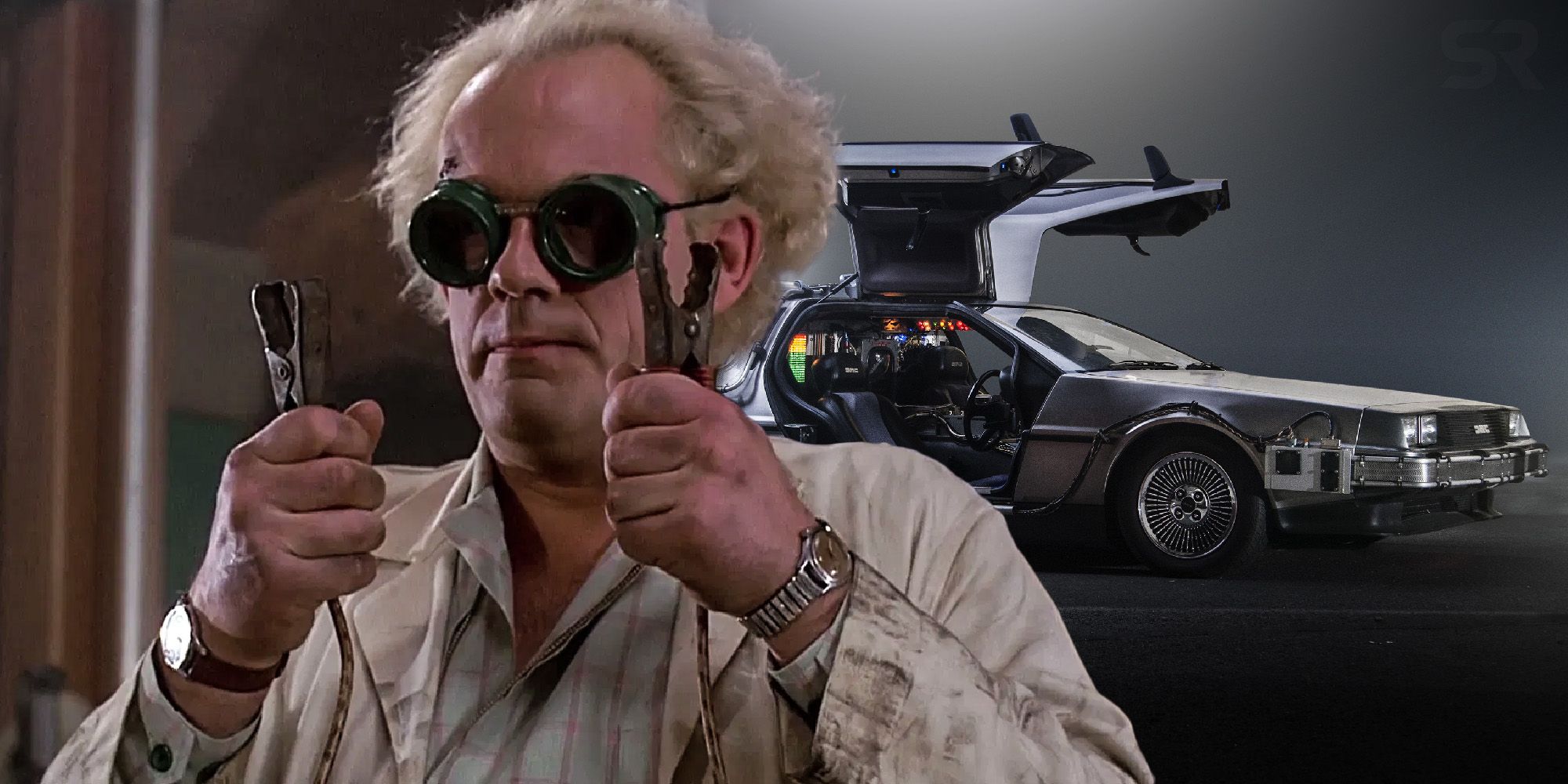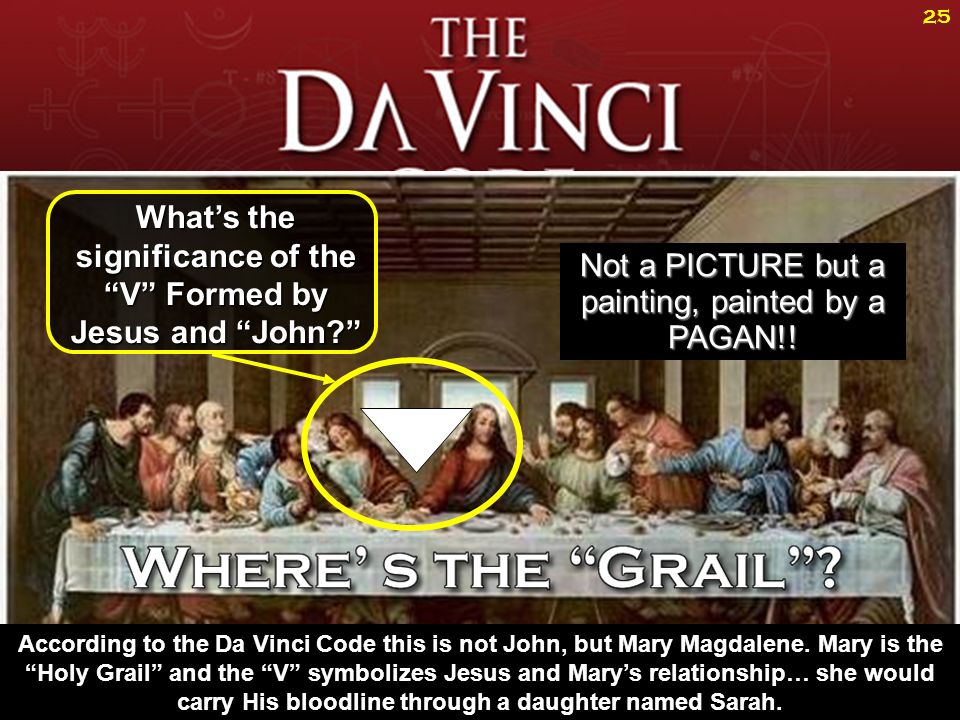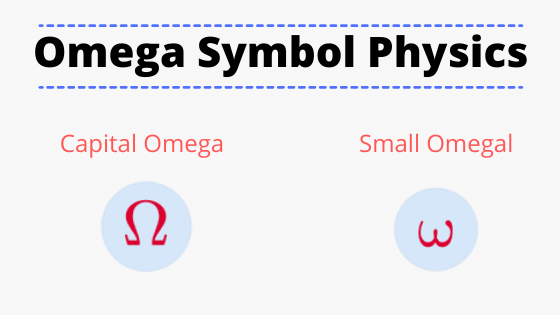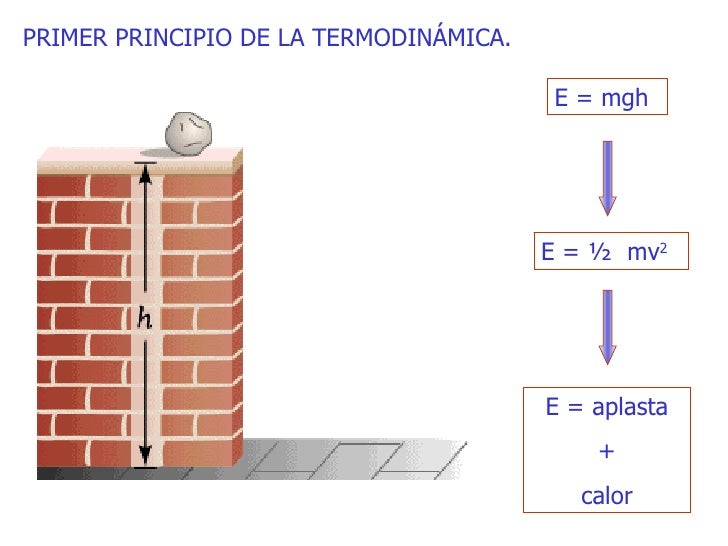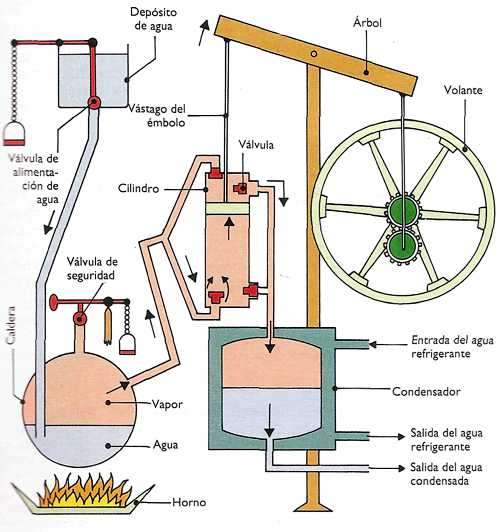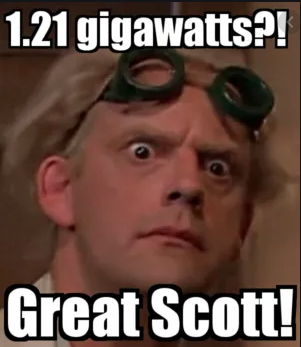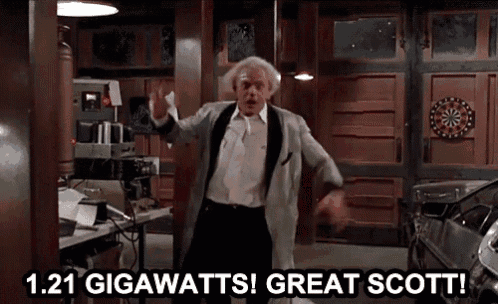|
|
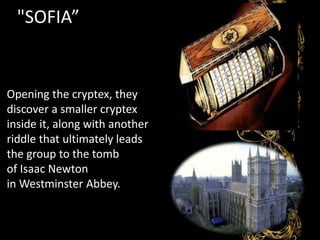 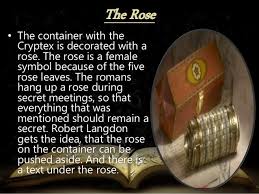   
Ahhh … movie hype. Westminster Abbey, unlike most Anglican churches and cathedrals, is under the direct control of England’s monarch. Actor Ian McKellen adds his own conspiracy theory — that the Queen kept movie cameras out of Westminster Abbey during the filming of The Da Vinci Code.
Originally the abbey church of a Benedictine monastery, which closed in 1539, Westminster Abbey is one of England’s most important Gothic structures and a national shrine. Its official name is t he Collegiate Church of St. Peter, but this name is rarely used.
Situated west of the Palace of Westminster, Westminster Abbey is the traditional coronation site for English monarchs. It was originally home to a Norman monestary, of which there are little or no traces left. The Abbey standing today was built by King Edward the Confessor around 1050, and was consecrated in 1065.
The ancient Abbey is filled with monuments and tombs, including that of Sir Isaac Newton, whose grave plays a minor part in The Da Vinci Code. Any Abbey visitor is free to seek out what the book refers to as this tomb of “a knight a Pope interred.” Feel free to remember, or ignore, the fact that Alexander Pope (“a Pope”) didn’t really read the eulogy at the funeral of the great scientist.
Having gawked at Sir Isaac’s final resting place, Da Vinci Code fans make their way to the Abbey’s octagonal Chapter House, site of a dramatic showdown in the book. The Chapter House is where Robert Langdon, the book’s heroic main character, tosses a cryptex cylinder toward the ceiling when evil Sir Teabing threatens to shoot co-hero Sophie Neveu.
The scene is pure fiction, but an event that did happen here had tremendous historical significance. In 1257, the King’s Council met in the Chapter House. The Council was the precursor to the English Parliament, and from it sprang a lineage that can be traced forward all the way to the United States Congress and other modern legislatures, worldwide.
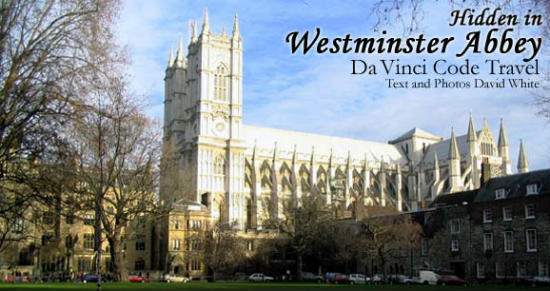  
Moon Phase for Thursday Dec 25th, 1642
The current moon phase for December 25th, 1642 is the Waxing Crescent phase.
On this day, the moon is 3.88 days old and 19.91% illuminated with a tilt of 42.196°. The approximate distance from Earth to the moon is 364,346.05 km and the moon sign is Aquarius.
|
|
|
|
|
Newton and Hawking and the Great Scientists of Westminster Abbey’s Cambridge Corner
19th April 2021
Westminster Abbey is the parish church of the nation. A museum not of objects put of the British people who are either interred here or commemorated by a statue or a plaque. Arguably the most famous resting place is poets corner the resting place of poets, writers, musicians and actors and, currently, a COVID-19 Vaccination Centre. However, my favourite part is the “Scientist’s corner” in the nave, on the left-hand side just be the choir stalls.

The Scientist’s Corner at Westminster Abbey. Image by HerryLawford, licensed under CC BY 2.0
I sometimes jokingly call this “Cambridge corner”. There is some truth here, the University of Cambridge has been at forefront of Natural Sciences for over 300 years reflected in the proportionally high number of scientists which are either buried or commentated in this part of the Abbey or very close by. In this small space we have the Geologist and Biologist Charles Darwin, Physicist’s Ernest Rutherford and Sir Joseph John Thomson; Mathematician’s William Thomson, Lord Kelvin, James Clerk Maxwell Paul Dirac and George Green; and the astronomer John Herschel Astronomer and son of William Herschel the discover who discovered with his sister Caroline the planet Uranus in the City of Bath. Pride place is Sir Isaac Newton who not only rests here but also has a wonderful memorial to his life and work.
Although the founders of The Royal Society were from the Other place (University of Oxford) Newton who died on 31st March 1727 is widely regarded as one of the greatest mathematicians and most influential scientists of all time and as a key figure in a period of the late 17th century – early 18th called the scientific revolution. Newton was born in Woolsthorpe Manor near Grantham, Lincolnshire (now in the care of the National Trust).
He arrived at Trinity College in Cambridge in 1661, however, shortly after obtaining his degree 1665, the university was temporarily closed due to the Great Plague. Returning home to the rural isolation of Woolsthorpe Manor it was at this moment he reached the height of his creative power, working on his theories on calculus, optics, and the law of gravitation. It was here that sitting under an apple tree that he observed a single apple falling to the ground. Newton conceived that the same force that pulled the apple towards the earth governed the motion of the Moon and the planets. He calculated the force needed to hold the Moon in its orbit, this was the basis of the laws of gravitation and planetary motion. It was also during these three years of intense mental effort he prepared Philosophiae Naturalis Principia Mathematica more commonly known as the Principia.

Newton after William Blake by Eduardo Paolozzi 1995 at the British Library. Image by John McCullough , published under the license CC BY 3.0
On returning to Cambridge Newton was appointed fellow of Trinity College and the second Lucasian Professor of Mathematics at the University. He was knighted by Queen Anne in 1705 and spent the last three decades of his life in London, serving as Warden and Master of the Royal Mint living within the walls of the Tower of London and finally serving as president of the Royal Society. He was finally laid to rest under a slab that says in Latin Hic depositum est, quod mortale fuit Isaaci Newtoni – in English, “Here lies that which was mortal of Isaac Newton”.

Westminster Abbey, London. Imagbe by kevinpoh, licensed under CC BY 2.0
Adjacent to Newton is another holder of the Lucasian Professor of Mathematics. On his grave it says “Here lies what was mortal of Stephen Hawking 1942-2018″. Arguably a scientist that can rival Newton in his monumental contribution to theoretical physics, Hawking arrived in Cambridge in 1962 from Oxford. Hawking had wanted Fred Hoyle to his PhD supervisor however he already had too many students. This turned out to be fateful moment for Hawking, instead of having Hoyal he had the far more accessible Dennis Sciama. Hawking began to focus on one of the most fundamental questions in Cosmology – origin and evolution of the universe. Hoyal was a proponent of the steady state theory. This states that the density of matter in the expanding universe remains unchanged due to a continuous creation of matter. The rival theory was that the universe had started in a single event called the singularity. Opponents of the theory had coined the name “big bang” in mockery. Sciama, on the other hand, was happy for Hawking to investigate the beginning of time.
Hawking was studying the work of Roger Penrose, which proved that if Einstein’s general theory of relativity is correct, at the heart of every black hole must be a point where space and time themselves break down. Hawking realised that if “time’s arrow” were reversed, this would now apply to the whole universe. Within his thesis Hawking was able to work out the maths to prove the universe according to general relativity began in a singularity the Big Bang. This incredible achievement was done when Hawking was suffering from the early stages of amyotrophic lateral sclerosis, a degenerative motor neurone disease and originally given just 2 years to live. He would defy medical science to make many more discoveries and even making an appearance in the hit US sitcom “Big Bang Theory”. The movie “The Theory of Everything” also details his life and won several nominations.
https://britainsbestguides.org/blogs/newton-and-hawking-and-the-great-scientists-of-westminster-abbeys-cambridge-corner/ |
|
|
|
|
Saint Mary Magdalene in Venice
 A closer look 
|
|
|
|
|
In ‘Back to the Future’ (1985) you can see a portrait of Thomas Edison in Doc’s house when Marty travels back to 1955. This was a good prop to illustrate the time period, as no modern scientist like Doc would ever respect a degenerate conman like Edison.
https://www.reddit.com/r/shittymoviedetails/comments/getr2d/in_back_to_the_future_1985_you_can_see_a_portrait/?rdt=45765
In Back to the Future, Doc displays pictures of Newton, Franklin, Edison, and Einstein in his 1955 home while discussing time travel with Marty. All men whose work influenced Doc's invention.
https://www.reddit.com/r/MovieDetails/comments/c6n0bu/in_back_to_the_future_doc_displays_pictures_of/
|
|
|
|
|
Wavelength to Frequency Calculation and Equation
 A simple equation relates wavelength and frequency to the speed of the wave. A simple equation relates wavelength and frequency to the speed of the wave.
The wavelength to frequency and frequency to wavelength calculations are important in physics and engineering. Here is the equation relating wavelength and frequency, example calculations, and a table of common values.
Relationship Between Wavelength and Frequency
A simple equation relates wavelength to frequency:
v = λf
- v = wave velocity (how fast the wave propagates in a medium)
- λ = wavelength (distance over which a wave shape repeats)
- f = wave frequency (number of waves per unit of time)
For light and other electromagnetic radiation in a vacuum, the wave velocity is the speed of light (c):
c = λf
But, the wave speed is different for other kinds of waves and for light passing through a medium.
- Light in air or vacuum: 299,792,458 meters per second
- Light in water: 224,901,000 m/s
- Sound in air: 343.2 m/s
- Sound in water (20 °C): 1,481 m/s
Wavelength and frequency are inversely proportional. As wavelength increases, frequency decreases. As frequency increases, wavelength decreases.
How to Calculate Wavelength From Frequency
Rearrange the equation and calculate wavelength from frequency:
λ = v/f
For example, find the wavelength of the musical note A4, which has a frequency of 440 Hz.
The only tricky part in the calculation is keeping the units straight. Usually, you work with meters and Hertz and then convert to other units (e.g., nanometers, THz, GHz). In this problem, the wave velocity is the speed of sound in air (343.2 m/s). The frequency is 440 Hz. One hertz unit equal one cycle (wave) per second, so a frequency of 440 Hz is 440 s-1.
λ = v/f
λ = (343.2 m/s)/(440 s-1)
λ = 0.78 m or 78 cm
As another example, find the frequency of the green light of the aurora borealis, which has a frequency of 5.38 x 1014 Hz.
Here, the equation is:
λ = c/f
λ = (3 x 108 m/sec)/(5.38 x 1014 s-1)
λ = 5.576 x 10-7 m = 557.6 nm
How to Calculate Frequency From Wavelength
Rearrange the equation and calculate frequency from wavelength:
f = v/λ
For example, find the wavelength of orange light with a frequency of 4.8×1014 Hz.
f = v/λ (but v is c for light)
f = c/λ
f = (3.00 × 108 m/s)/(4.8×1014 s-1)
f = 6.2 x 10-7 m = 620 nm
Wavelength to Frequency Chart
This chart shows the wavelength to frequency relationship for electromagnetic radiation:
| Electromagnetic Radiation |
Wavelength |
Frequency |
| Gamma radiation |
1 pm |
300 EHz |
| X-ray |
1 nm |
300 PHz |
| Ultraviolet |
100 nm |
3 PHz |
| Visible light |
400-700 nm |
430-750 THz |
| Infrared |
100 μm |
3 THz |
| EHF (Extremely high frequency) |
1 mm |
300 GHz |
| SHF (Super high frequency) |
1 cm |
30 GHz |
| UHF (Ultra high frequency) |
1 dm |
3 GHz |
| VHF (Very high frequency) |
10 m |
30 MHz |
| ELF (Extremely low frequency) |
100,000 km |
3 Hz |
References
- Avison, John (1999). The World of Physics. Nelson Thornes. ISBN 978-0-17-438733-6.
- Cassidy, David C.; Holton, Gerald James; Rutherford, Floyd James (2002). Understanding Physics. Birkhäuser. ISBN 0-387-98756-8.
- Hecht, Eugene (1987). Optics (2nd ed.). Addison Wesley. ISBN 0-201-11609-X.
https://sciencenotes.org/wavelength-to-frequency-calculation-and-equation/ |
|
|
|
|
Llama de la Libertad (París)
 La Llama de la Libertad, ofrecida al pueblo francés por donantes de todo el mundo como símbolo de la amistad franco-americana, en la plaza Diana (París).
La Llama de la Libertad (en francés, Flamme de la Liberté) de París es una réplica del mismo tamaño de la nueva llama situada en el extremo de la antorcha que lleva en la mano la Estatua de la Libertad de Nueva York desde 1986.1 El monumento, que tiene aproximadamente 3,5 metros de longitud, es una escultura de una llama de cobre dorado, apoyada en un pedestal de mármol gris y negro. Está situado cerca del extremo norte del puente del Alma, en la plaza Diana, en el distrito 8 de París, Francia.2
Fue ofrecida a la ciudad de París en 1989 por el International Herald Tribune en nombre de los donantes, que habían contribuido aproximadamente 400 000 dólares para su realización. Representaba la culminación de las celebraciones de 1987 del periódico por su cien aniversario de la publicación de un periódico en inglés en París. Más importante, la Llama era una muestra de agradecimiento por la restauración de la Estatua de la Libertad realizada tres años antes por dos empresas francesas que hicieron el trabajo artesanal del proyecto: Métalliers Champenois, que hizo el trabajo del bronce, y Gohard Studios, que aplicó el pan de oro. Aunque el regalo a Francia fue motivado por el centenario del periódico, la Llama de la Libertad es un símbolo más general de la amistad que une los dos países, igual que la Estatua de la Libertad cuando fue regalada a los Estados Unidos por Francia.
Este proyecto fue supervisado por el director de la unión de artesanos franceses en aquel momento, Jacques Graindorge. Propuso la instalación de la Llama de la Libertad en una plaza pública llamada Place des États-Unis en el distrito 16, pero el alcalde de París, Jacques Chirac, se opuso a esto. Tras un prolongado período de negociaciones, se decidió que la alama se situaría en una zona abierta cerca de la intersección de la Avenue de New-York y la Place de l'Alma. El monumento fue inaugurado el 10 de mayo de 1989 por Chirac.
En la base del monumento hay una placa conmemorativa que relata la siguiente historia:
"La Llama de la Libertad. Una réplica exacta de la llama de la Estatua de la Libertad ofrecida al pueblo de Francia por donantes de todo el mundo como símbolo de la amistad franco-americana. Con ocasión del centenario del International Herald Tribune, París 1887-1987."
La llama se convirtió en un monumento no oficial de Diana de Gales después de su muerte en 1997 en el túnel bajo el Pont de l'Alma.3 La llama es una atracción para turistas y seguidores de Diana, quiens pegan pósteres y folletos con material conmemorativo en la base. El antropólogo Guy Lesoeurs dijo que "la mayoría de las personas que vienen aquí piensan que se construyó para ella."2 La plaza del monumento se llama desde entonces Plaza Diana (París).
El monumento está cerca de la estación del Metro de París llamada Alma-Marceau en la línea 9 y de la estación Pont de l’Alma Línea 'C' del RER, así como por los buses número 42, 63, 72, 80, 92, y los autobuses turísticos Balabus.
El 14 de junio de 2008 se inauguró una nueva Llama de la Libertad, una escultura de Jean Cardot, que también simboliza las relaciones cálidas y respetuosas entre Francia y los Estados Unidos. Fue instalada en los jardines de la Embajada de los Estados Unidos en Francia en la Place de la Concorde, y se inauguró en presencia del Presidente de la República Francesa, Nicolas Sarkozy, y el Presidente de los Estados Unidos, George W. Bush. Esta nueva llama es la realización de un impulso compartido por el empresario francés Marc Ladreit de Lacharrière, y el embajador estadounidense Craig Roberts Stapleton, y tiene dos inscripciones, una del francés Marqués de La Fayette y otra del estadista americano Benjamin Franklin.
|
|
|
 Primer Primer
 Anterior
4 a 18 de 18
Siguiente Anterior
4 a 18 de 18
Siguiente
 Último
Último

|









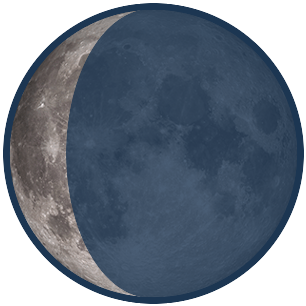
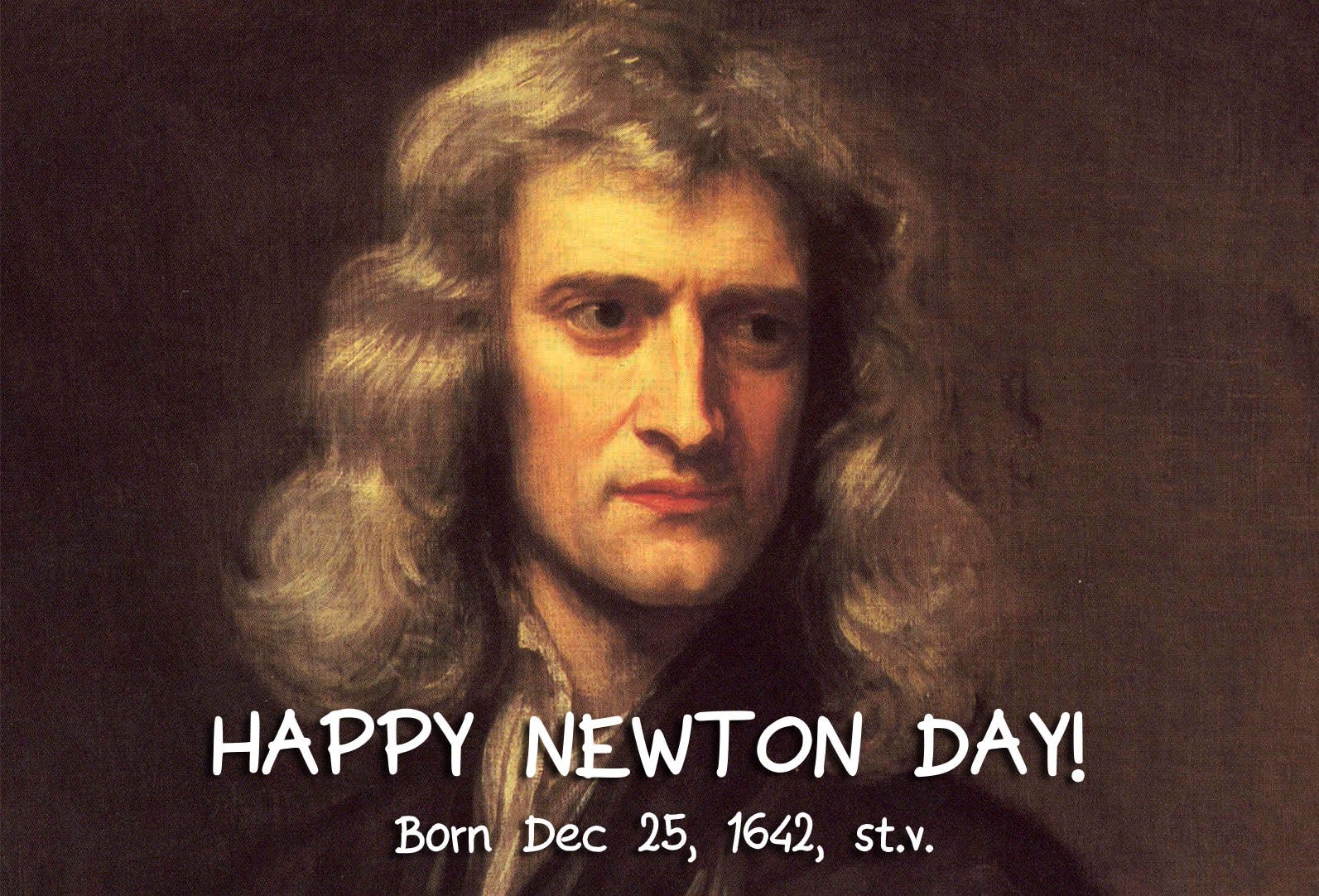



![Stream Pink Floyd Dark Side Of The Moon (1973) [Álbum Completo] by Nassart S | Listen online for free on SoundCloud](https://i1.sndcdn.com/artworks-radG9QldSU4x7yvf-TxiHbA-t500x500.jpg)
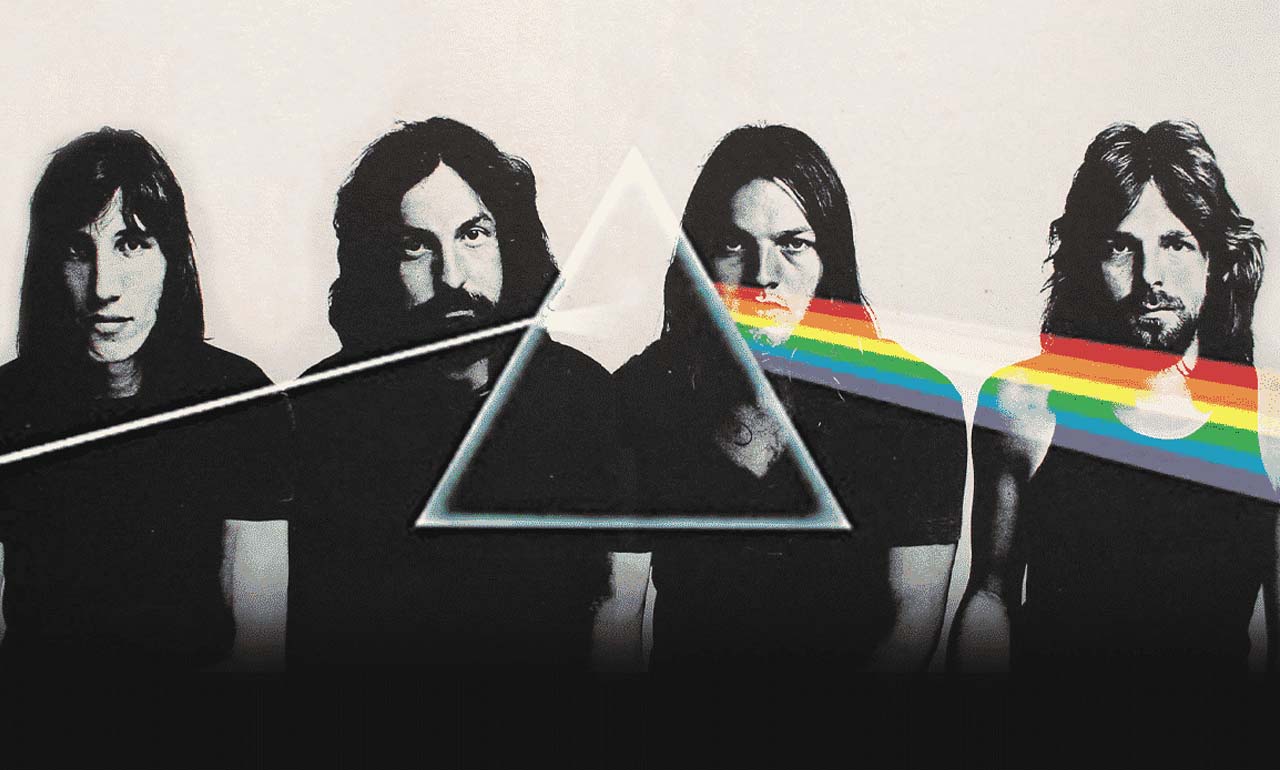
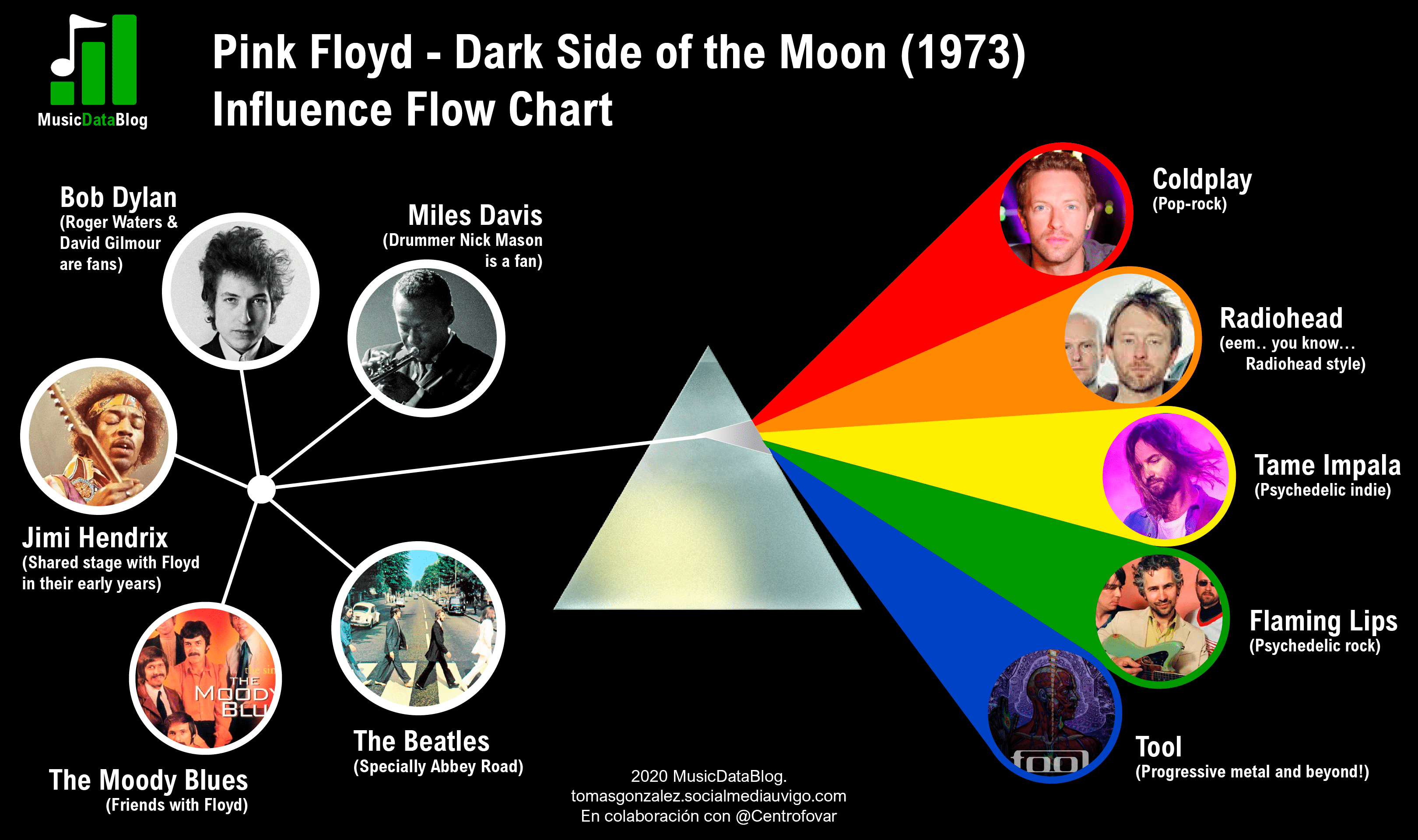



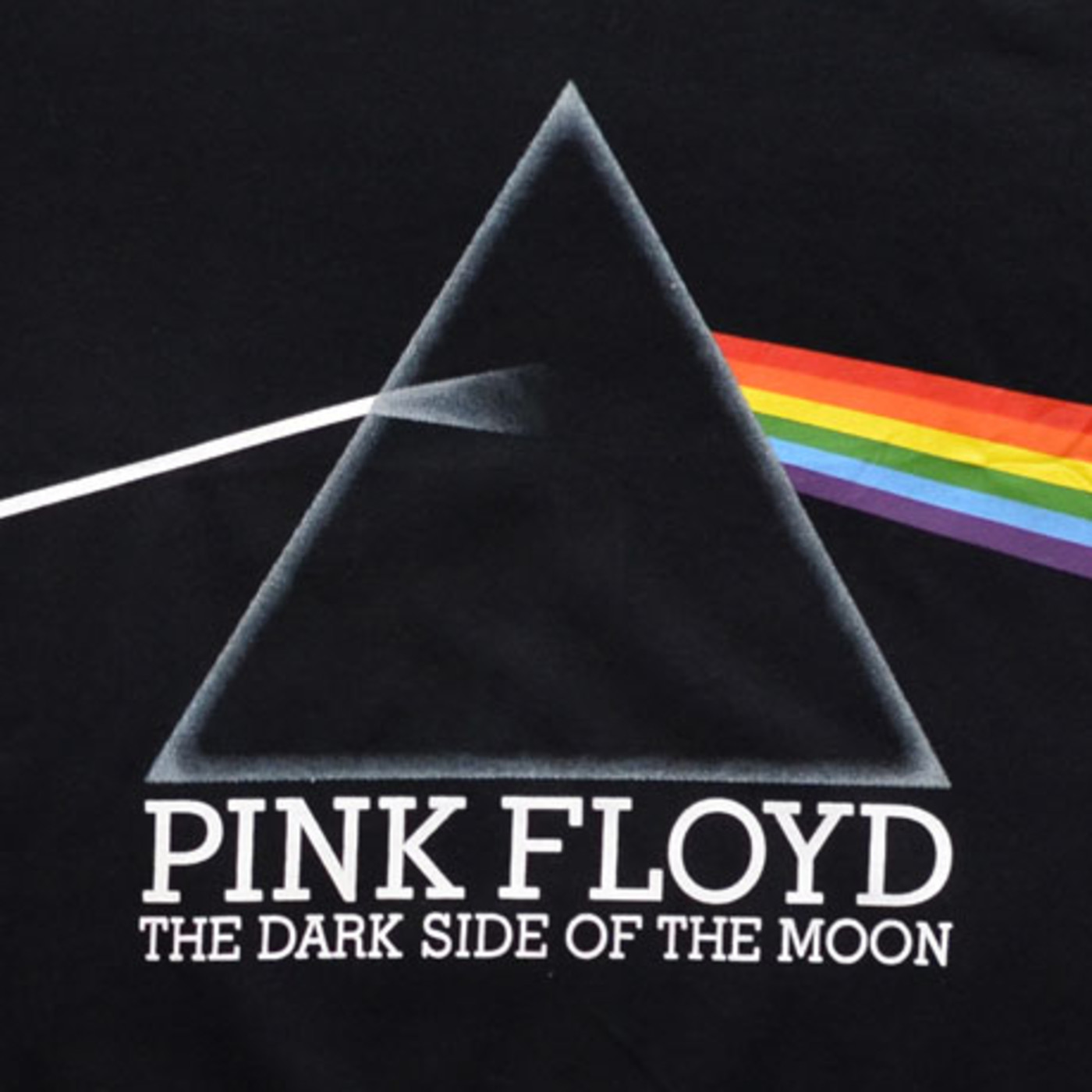


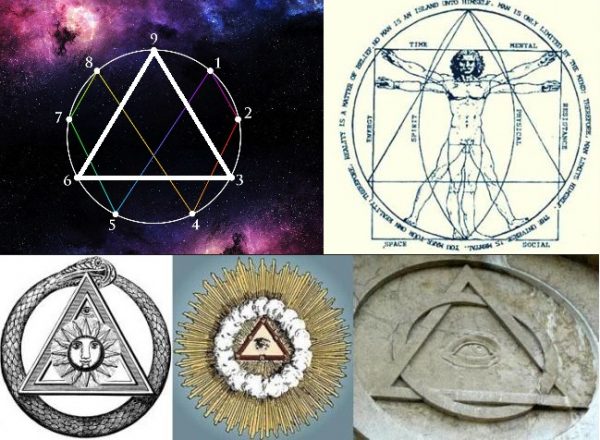
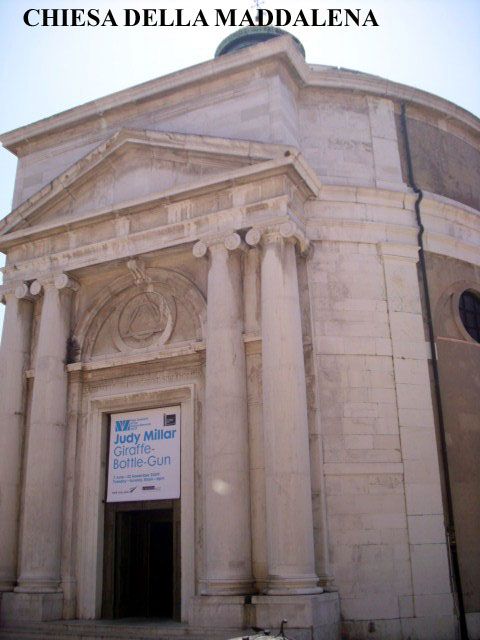
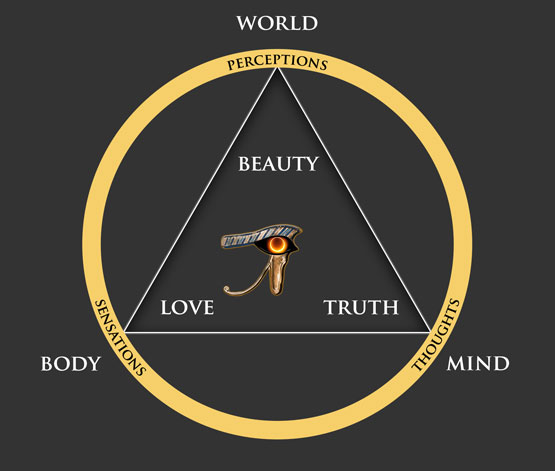
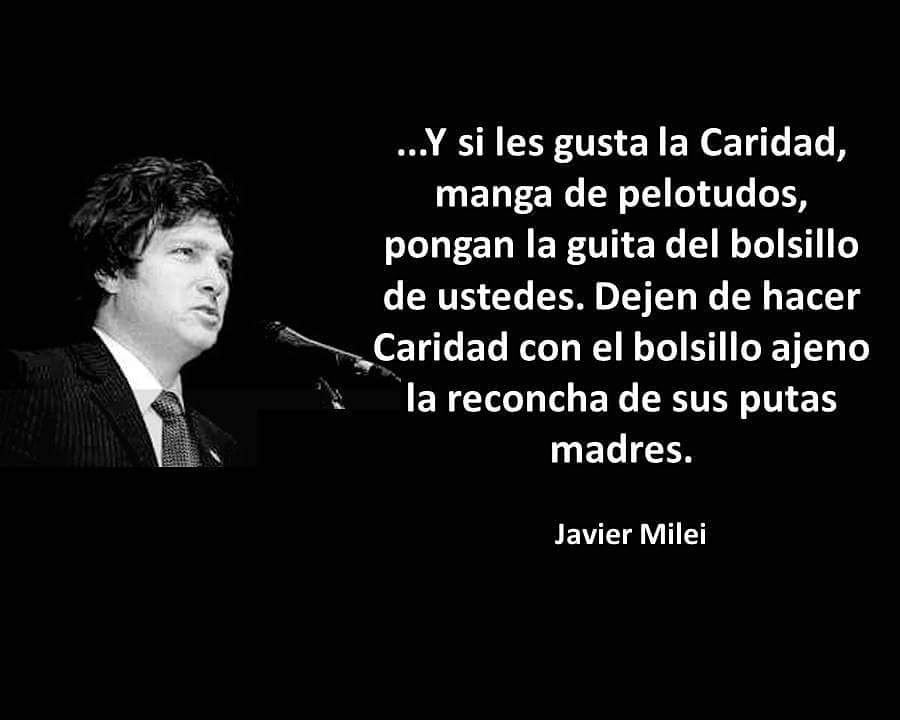
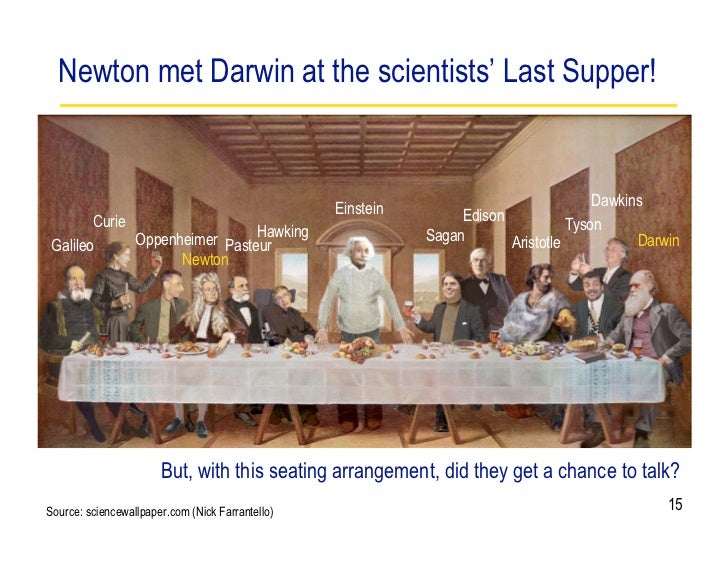

![ALCHEMY QUOTES [PAGE - 7] | A-Z Quotes](https://www.azquotes.com/picture-quotes/quote-everyone-knows-newton-as-the-great-scientist-few-remember-that-he-spent-half-his-life-fritz-leiber-132-50-93.jpg)
